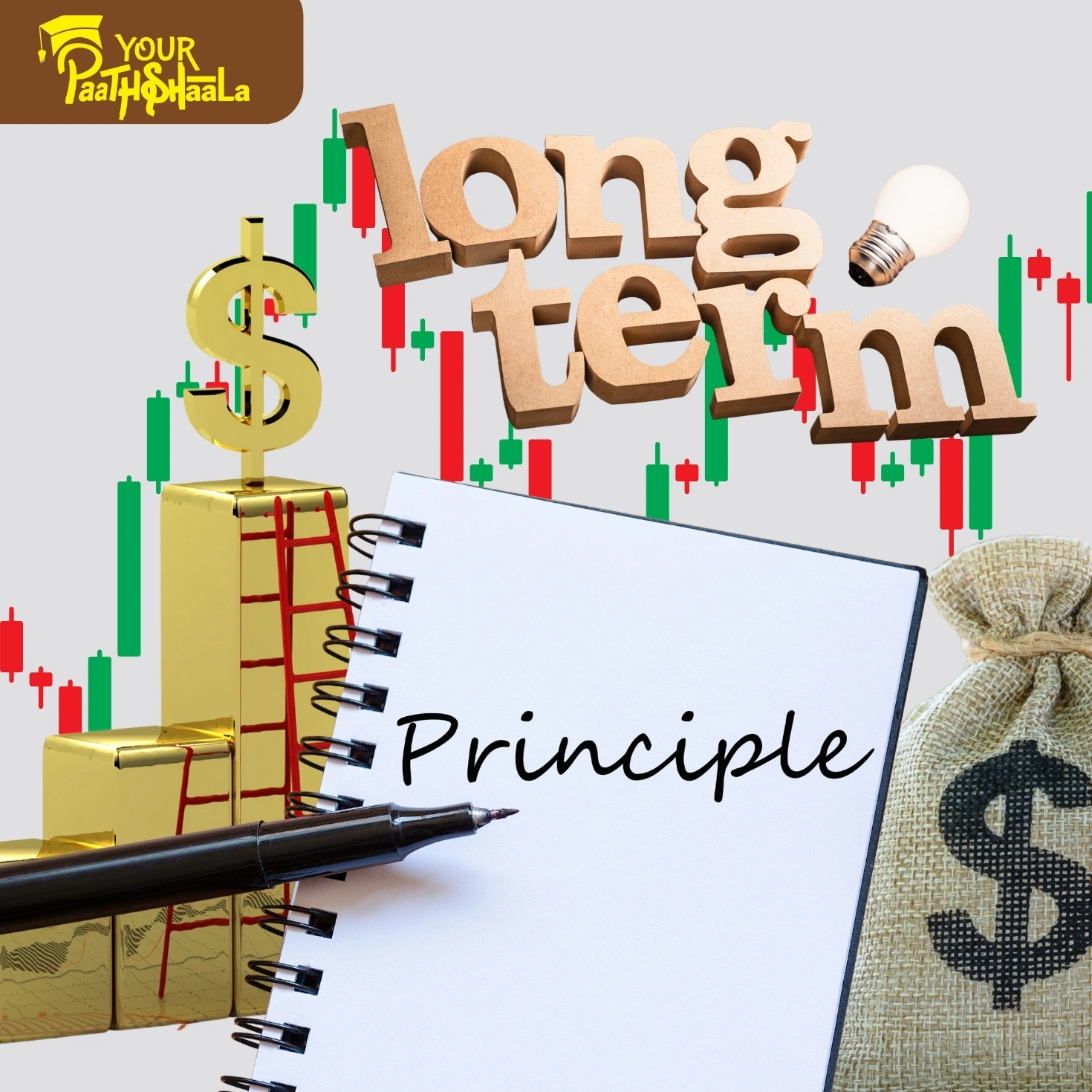Building a Successful Trading Plan: Your Step-by-Step Guide to Consistent Trading Success in 2025
A clear, well-structured trading plan is the cornerstone of long-term success in the financial markets. Whether you’re a beginner or an experienced trader, having a trading plan helps you stay disciplined, manage risk, and make confident decisions even in volatile conditions. In 2025’s fast-paced markets, where news, technology, and sentiment can move prices in seconds, a robust trading plan is more important than ever.
In this easy-to-read, SEO-friendly guide, we’ll walk you through the essential steps to building a successful trading plan—from setting goals and defining risk parameters to choosing strategies and maintaining discipline. By the end, you’ll have a blueprint for trading success that you can adapt and refine as you grow.
Why Is a Trading Plan Important?
A trading plan is your personalized roadmap for navigating the markets. It helps you:
Stay Focused: Avoid distractions and stick to your strategy.
Control Emotions: Reduce impulsive decisions driven by fear or greed.
Manage Risk: Protect your capital from large losses.
Measure Progress: Track what’s working and what isn’t.
Without a plan, trading becomes guesswork, and the risk of costly mistakes rises dramatically.
Step 1: Define Your Trading Goals
Start by clarifying what you want to achieve. Your goals will shape every aspect of your trading plan.
Questions to Ask Yourself:
Are you trading for income, long-term wealth, or as a hobby?
What is your target annual return?
How much time can you dedicate to trading each day or week?
Are you aiming for steady growth or willing to take bigger risks for higher rewards?
SMART Goals for Trading:
Specific: “I want to earn a 12% annual return on my trading capital.”
Measurable: “I will track my performance weekly and monthly.”
Achievable: “I will start with a realistic capital base and adjust as I learn.”
Relevant: “Trading will help me build a second income stream.”
Time-bound: “I will review my plan every quarter.”
Step 2: Assess Your Risk Tolerance
Understanding your risk tolerance is crucial. It determines your position sizes, stop-loss levels, and even which markets or instruments you should trade.
How to Assess Risk Tolerance:
Financial Capacity: How much can you afford to lose without affecting your lifestyle?
Emotional Capacity: How do you react to losing trades or market swings?
Time Horizon: Are you a day trader, swing trader, or long-term investor?
Set Risk Parameters:
Maximum Risk per Trade: Many successful traders risk no more than 1-2% of their capital on a single trade.
Maximum Daily/Weekly Loss: Set a limit to avoid emotional decision-making after a losing streak.
Drawdown Limits: Decide in advance how much of your account you’re willing to lose before taking a break or reassessing your strategy.
Step 3: Choose Your Trading Style and Markets
Your trading style should match your personality, goals, and available time.
Popular Trading Styles:
Day Trading: Enter and exit positions within the same day. Requires full-time attention.
Swing Trading: Hold positions for days or weeks, capitalizing on short- to medium-term trends.
Position Trading: Long-term approach, holding trades for weeks, months, or even years.
Scalping: Make many quick trades for small profits. Demands speed and focus.
Market Selection:
Stocks: Widely traded, many strategies available.
Forex: High liquidity, open 24 hours, but can be volatile.
Commodities: Gold, oil, agricultural products—often trend-driven.
Cryptocurrency: High risk, high reward, and 24/7 trading.
Indices/ETFs: Lower risk through diversification.
Step 4: Develop Your Trading Strategy
Your strategy is the core of your trading plan. It should outline exactly how you’ll enter and exit trades.
Key Components:
1. Entry Criteria:
What signals you to enter a trade? (Technical indicators, chart patterns, news events, etc.)
Example: “Buy when the 20-day moving average crosses above the 50-day moving average.”
2. Exit Criteria:
When will you take profits? (Target price, trailing stop, indicator signal)
When will you cut losses? (Stop-loss order, percentage loss, technical breakdown)
3. Position Sizing:
How much capital will you allocate to each trade?
Use formulas like the Kelly Criterion or a fixed-percentage approach.
4. Risk-Reward Ratio:
Aim for trades where the potential reward outweighs the risk (e.g., 2:1 or 3:1).
5. Trade Management:
Will you scale in/out of positions?
How will you handle partial profits or losses?
Backtesting and Paper Trading:
Before risking real money, test your strategy on historical data (backtesting) or in a simulated environment (paper trading). This builds confidence and highlights areas for improvement.
Step 5: Create a Trading Routine
Consistency is key. A structured routine helps you stay disciplined and avoid emotional mistakes.
Daily/Weekly Checklist:
Review open positions and pending orders.
Scan for new trade setups.
Check economic calendars for important news/events.
Update your trading journal.
Review and adjust your plan as needed.
Sample Trading Routine:
Pre-Market: Analyze overnight news, set alerts, review watchlist.
During Market: Execute trades based on your plan, monitor positions, avoid distractions.
Post-Market: Review trades, update journal, reflect on what worked and what didn’t.
Step 6: Keep a Trading Journal
A trading journal is your best tool for continuous improvement.
What to Record:
Entry and exit points, position size, and rationale for each trade.
Market conditions and emotional state.
Outcome (profit/loss) and what you learned.
Screenshots of charts and setups.
Benefits:
Identifies strengths and weaknesses.
Helps you spot patterns in your behavior.
Provides data for refining your strategy.
Step 7: Review and Refine Your Plan
Markets evolve, and so should your trading plan. Set regular intervals (monthly or quarterly) to review your performance and make adjustments.
What to Evaluate:
Are you meeting your goals?
Which strategies are working or failing?
Are your risk parameters appropriate?
Do you need to adjust your trading style or markets?
Common Mistakes to Avoid
No Plan: Trading without a plan leads to inconsistent results and emotional decisions.
Overtrading: Too many trades increase costs and risk.
Ignoring Risk Management: Failing to set stop-losses or risking too much on one trade can wipe out your account.
Chasing Losses: Trying to recover losses by increasing position size is a recipe for disaster.
Lack of Discipline: Straying from your plan, especially after a string of losses or wins, undermines long-term success.
Tips for Staying Consistent and Disciplined
Follow Your Plan: Treat your trading plan like a business plan—stick to it!
Control Emotions: Accept that losses are part of trading. Don’t let fear or greed dictate your actions.
Focus on Process, Not Profits: Concentrate on making good trades, not just making money.
Take Breaks: Step away after a losing streak to clear your mind and regain perspective.
Keep Learning: Markets change—commit to ongoing education and self-improvement.
Frequently Asked Questions
Q: How often should I update my trading plan?
A: Review your plan at least quarterly, or after major market changes or personal life events.
Q: Can I use someone else’s trading plan?
A: Use others’ plans as inspiration, but tailor your plan to your own goals, risk tolerance, and personality.
Q: What’s the most important part of a trading plan?
A: Risk management. Protecting your capital ensures you can keep trading and learning.
Q: Do I need a complex plan to succeed?
A: No. Simple, clear plans are often the most effective. The key is consistency and discipline.
Conclusion: Your Blueprint for Trading Success in 2025
Building a successful trading plan isn’t just about picking the right stocks or timing the market—it’s about creating a structured, disciplined approach that guides your every decision. By setting clear goals, defining your risk parameters, choosing the right strategies, and sticking to your plan with consistency, you set yourself up for long-term success, no matter how the markets change.
Key takeaways:
A clear trading plan is vital for success in today’s markets.
Set defined goals, risk parameters, and strategies that suit your style and personality.
Consistency and discipline in executing your plan are more important than any single trade.
Ready to take your trading to the next level? Visit YourPaathshaala near 🏥 Anjali Children Hospital, Tagore Nagar, Mathpurena, Raipur (PIN: 492001, Chhattisgarh) for expert guidance, personalized training, and the support you need to build and execute a winning trading plan.
Click the Call Now to contact us and start your journey to trading success!







